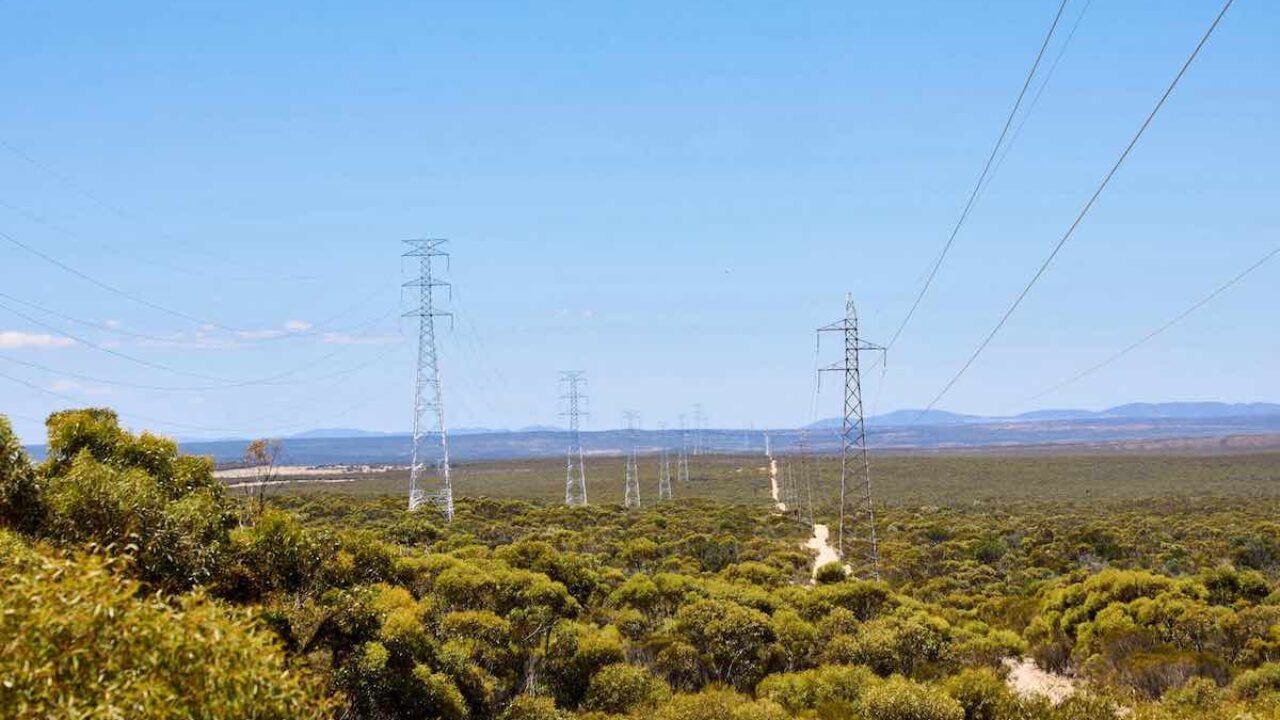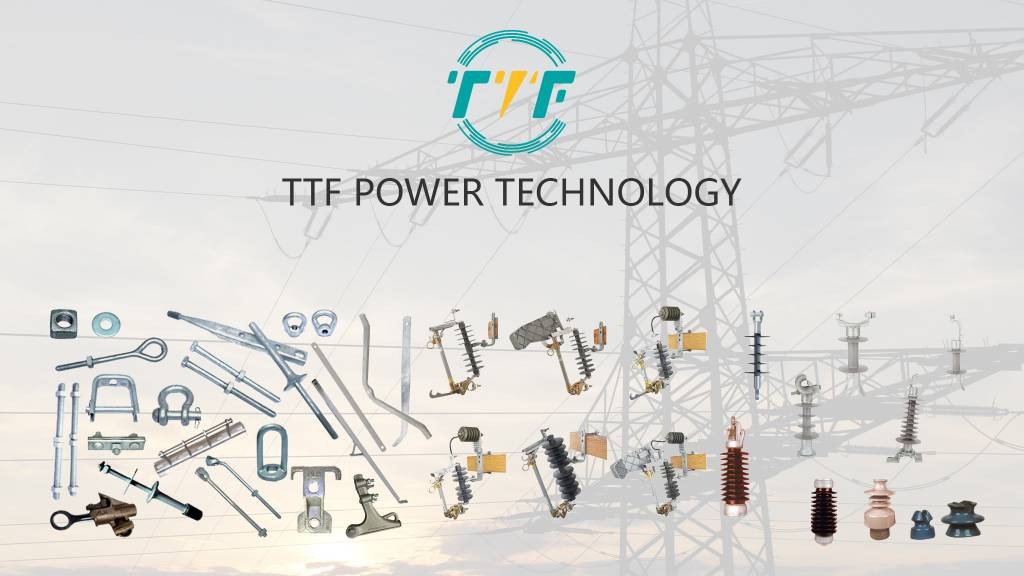
Colombia is expanding its solar energy capacity for the broader push toward renewable energy. The increasing renewable share in the nation necessitates the need for upgraded transmission lines for integrating solar power. Upgrading transmission lines will help to ensure efficient energy distribution, reduce losses, and integrate more renewable energy into the grid. Transmission line upgrading will also help unlock the potential of its solar energy sector. This will help the nation to improve energy reliability, cut costs, and meet its renewable energy targets. Colombia is investing in high-voltage transmission lines to connect the projects to the national grid. The transmission lines will also enable cross-border transmission links with Ecuador and Venezuela to improve grid reliability. Putting in place digital monitoring and automation in transmission networks can enhance efficiency. Guy deadends provide mechanical support and prevent excessive movement of transmission lines.
Most Colombian new solar projects are in remote regions with challenging terrain, such as La Guajira and Cesar. Guy deadends help stabilize poles and towers to prevent tilting or collapse due to uneven ground conditions. High-quality guy deadends distribute mechanical stress and reduce the risk of structural failure. Proper installation of guy deadends reduces wear and tear on poles and towers to extend their lifespan. This reduces the need for frequent maintenance and reduces operational costs for transmission companies. Colombia is planning high-voltage transmission upgrades to integrate large-scale solar projects into the national grid. Colombia is well-positioned to expand its renewable energy capacity and achieve its energy transition goals.
The functions of guy deadends in Colombia’s transmission line upgrades
A guy deadend is a structural component that provides stability and support to transmission line structures. Colombia aims to upgrade its transmission line to integrate more renewable energy sources like solar and wind. This necessitates the use of guy deadends to ensure the reliability and safety of the grid. A guy deadend can help in connecting renewable plants to the grid, ensure grid reinforcement, and enhance the stability of the lines. The following are the common functions of guy dead ends in transmission line upgrades.

- Anchoring and stability—a guy deadends, anchors, and stabilizes transmission line structures at points where the line changes direction. It consists of guy wires anchored to the ground and attached to the structure. This provides lateral support to counter the tension forces exerted by conductors.
- Handling mechanical loads—transmission lines face mechanical loads due to the weight of the conductors, wind forces, and temperature changes. Guy deadends distribute the loads and prevent the structure from leaning.
- Supporting line terminations—guy dead ends absorb the forces and prevent the structure from being pulled over. This is crucial in Colombia’s grid upgrades, where the new solar plants may need new transmission lines.
- Grid expansion—integration of more renewable energy into its grid in Colombia needs new transmission lines to connect the solar energy to the grid. Guy deadends secure the structures and ensure the lines can handle the increased capacity and load.
- Safety and reliability—guy dead ends enhance the safety and reliability of the transmission network. and reduce the risk of structural failures leading to power outages.
Technologies that could ease transmission line upgrades in Colombia
Colombia has adopted various advanced technologies and strategies to upgrade its transmission lines. These technologies aid in accommodating the variable nature of solar energy and improving grid reliability. The technologies could ensure a reliable, efficient, and sustainable energy system. This is crucial as the country transitions to a cleaner energy future. Discussed below are the technologies that could ease transmission line upgrades in Colombia.

- Grid-forming inverters—these enable solar power systems to provide grid stability and support. They can enable the integration of large-scale plants into the grid.
- High-voltage direct current (HVDC) transmission—this serves in long-distance power transmission with minimal losses. These transmissions enable lower energy losses compared to alternating current (AC).
- Flexible alternating current transmission systems (FACTS)—these systems enhance grid stability and control voltage fluctuations. It increases grid flexibility and reliability when integrating variable renewable energy sources.
- Grid monitoring and control systems—real-time monitoring and control systems optimize grid performance. These include supervisory control and data acquisition (SCADA) and phasor measurement units (PMUs).
- Energy storage systems (ESS)—these systems store excess solar energy during peak generation periods and release it during low production. In Colombia, energy storage can balance the grid and provide backup power.